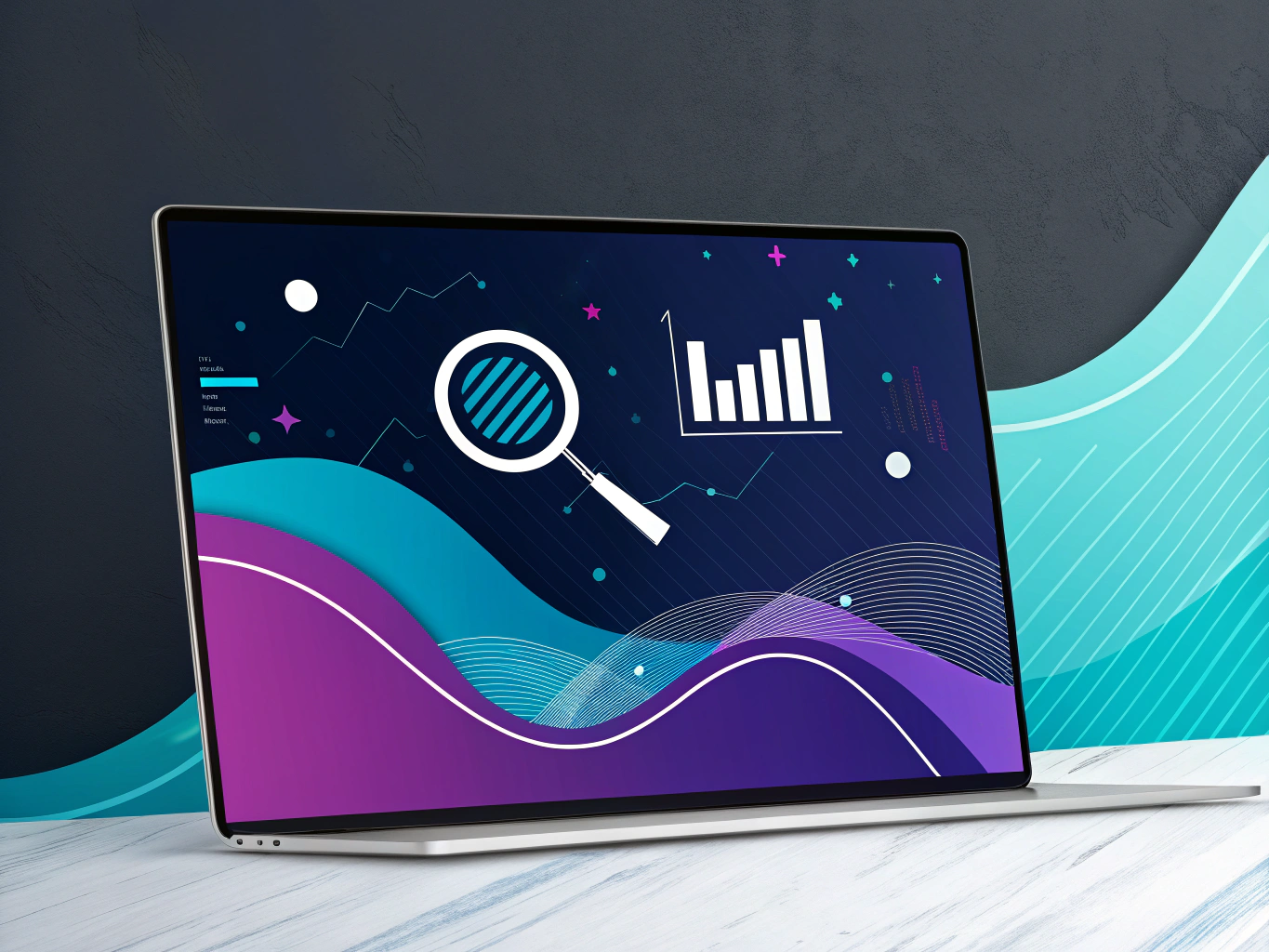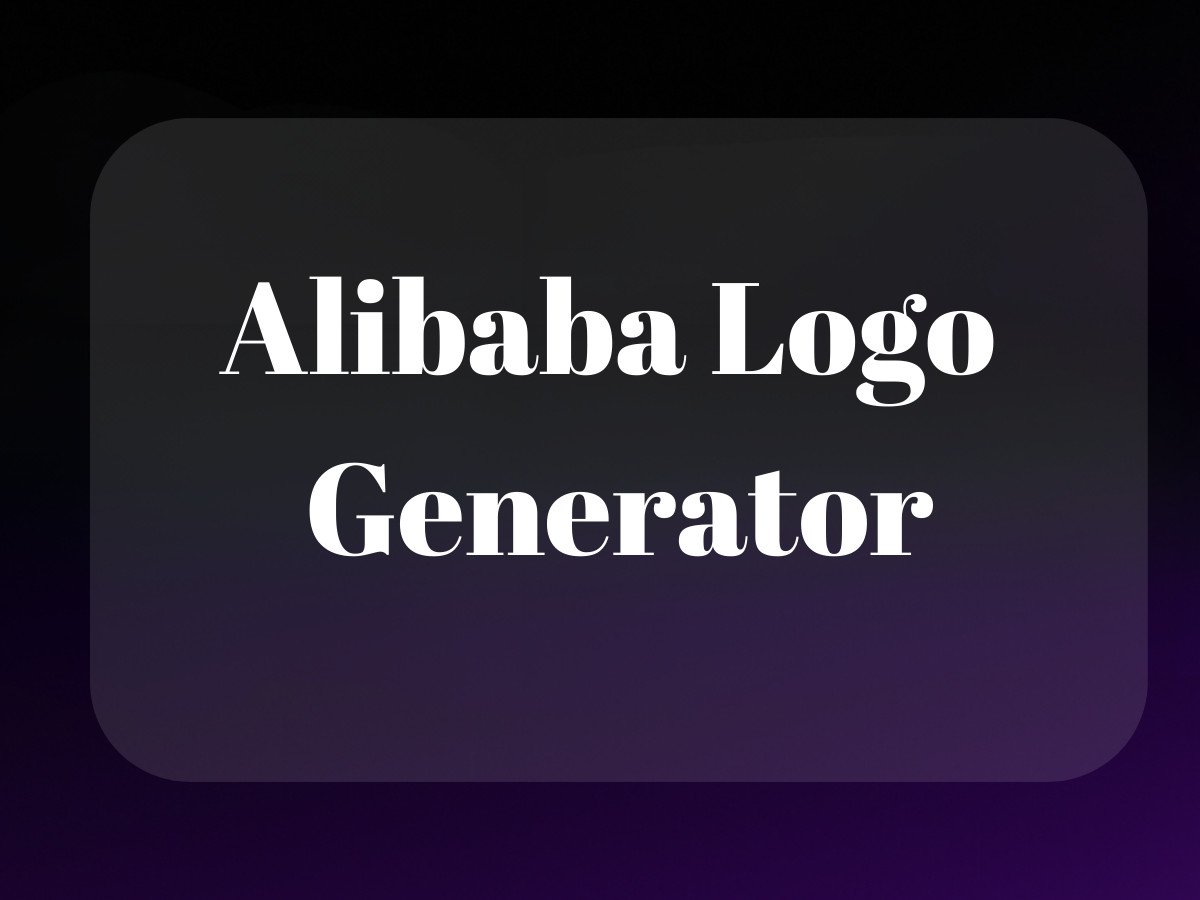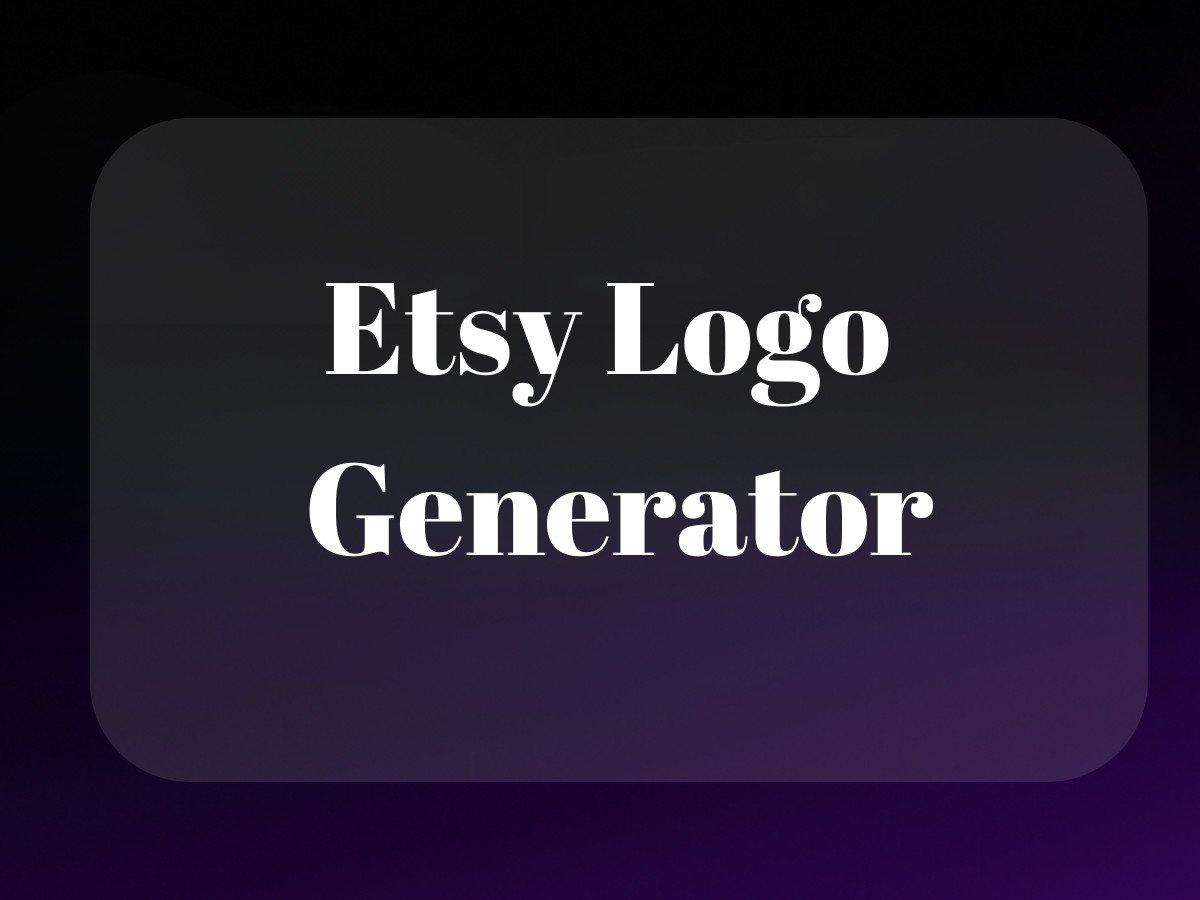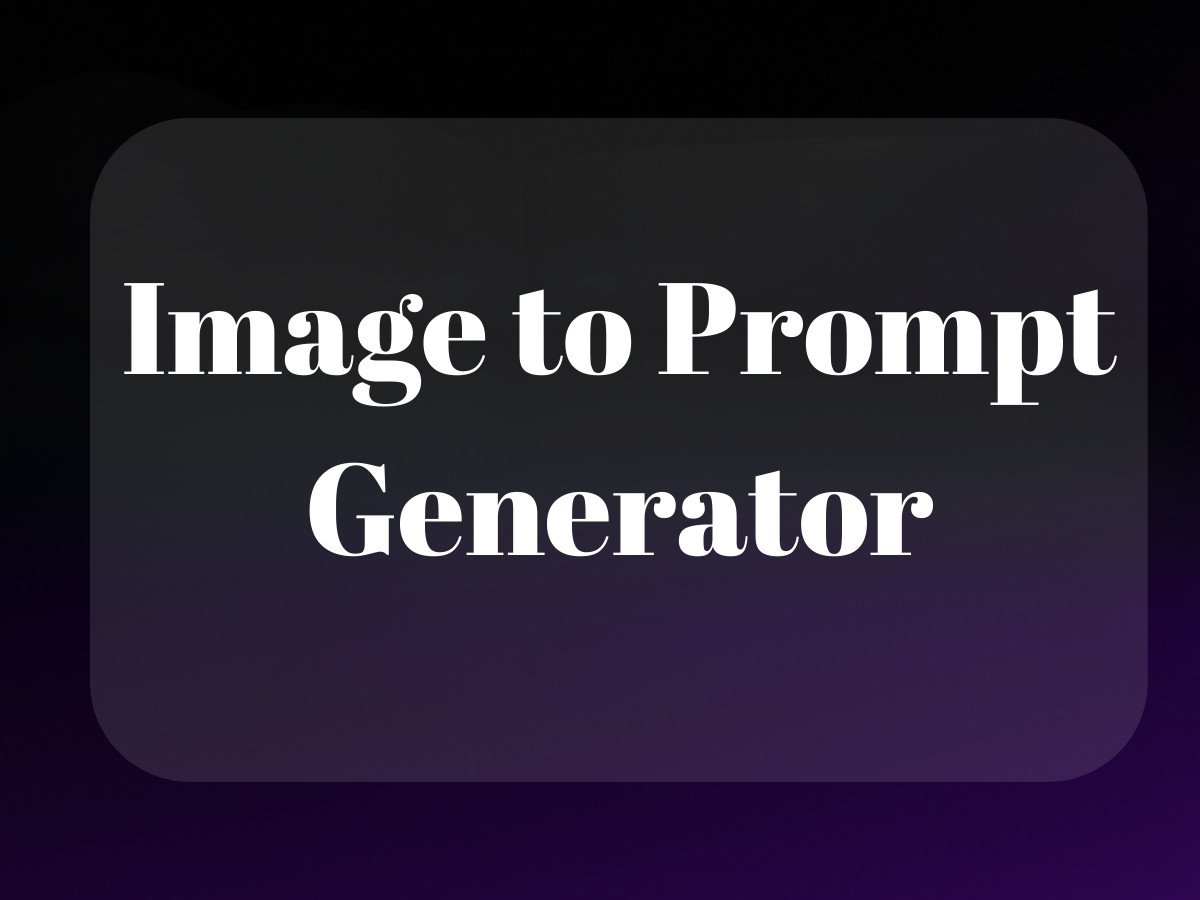The Evolution of Competitive Intelligence: From Spreadsheets to AI-Powered Insights
Remember when tracking competitors meant manually scrolling through their websites and copying data into spreadsheets? Those days feel almost quaint now. Yet here we are, watching AI transform competitive intelligence software into something that would’ve seemed like science fiction just a few years ago – though maybe not quite in the way we expected.
Like most AI applications, competitive intelligence tools haven’t become the all-knowing oracles we imagined. Instead, they’ve evolved into something more practical: sophisticated assistants that augment human intelligence rather than replace it. Think of them as really dedicated research interns who never sleep and can process information at superhuman speeds – but still need your strategic guidance to deliver real value.
The Current State of Competitive Intelligence Software

The market for competitive intelligence solutions has exploded, with tools ranging from basic web scrapers to sophisticated AI-powered platforms. But here’s the thing – most brands are still using these tools like it’s 2015, focusing on surface-level metrics while missing the deeper strategic insights these platforms can provide.
Beyond Basic Monitoring
Modern competitive intelligence software isn’t just about tracking what your competitors are doing – it’s about understanding why they’re doing it and what it means for your business. The best platforms now combine multiple data streams: social media activity, pricing changes, product launches, customer sentiment, and even supply chain disruptions. They’re connecting dots that humans might miss, revealing patterns that could signal major market shifts.
The AI Advantage
Here’s where things get interesting. Machine learning algorithms are now doing more than just collecting data – they’re providing context and predictions. They can spot when a competitor’s subtle website changes might indicate an upcoming product launch, or when shifts in hiring patterns suggest a new strategic direction. For more insights on maximizing ROI, check out the role of competitive intelligence in advertising. But there’s a catch: these insights are only as good as the human intelligence interpreting them.
Core Components of Modern CI Platforms
Let’s break down what makes today’s competitive intelligence software actually useful (versus just impressive-sounding). The key elements aren’t just about features – they’re about how these features work together to create actionable intelligence.
Data Collection and Processing
The foundation of any CI platform is its ability to gather and process information from multiple sources. But it’s not just about quantity – it’s about relevance and context. The best tools use AI to filter out noise and focus on signals that actually matter to your business. They’re constantly learning which data points lead to valuable insights and which ones are just distractions.
Analysis and Visualization
Raw data is useless without proper analysis and presentation. Modern CI platforms excel at turning complex datasets into clear visualizations and actionable reports. They’re moving beyond basic charts to create interactive dashboards that let you explore data relationships and test hypotheses in real-time.
Integration Capabilities
This is where many platforms either shine or fall flat. The most effective CI tools integrate seamlessly with your existing tech stack – your CRM, marketing automation, and analytics platforms. They’re not just another tool to check; they’re woven into your daily workflows.
Real-World Applications and Impact
Let’s cut through the marketing hype and look at how brands are actually using these tools to drive results. I’ve seen everything from small D2C brands to enterprise retailers transform their competitive positioning through smart use of CI software.
Product Development and Pricing
Smart brands are using CI platforms to spot gaps in competitor offerings and identify pricing opportunities. One beauty brand I worked with used competitive intelligence software to identify a specific price point their competitors weren’t serving – leading to a successful new product line that generated $2M in its first quarter. They also explored AI techniques to optimize their product listings.
Marketing Strategy Optimization
The real power of modern CI tools lies in their ability to help you stay ahead of market trends. They’re not just showing you what competitors are doing – they’re helping you understand why it’s working (or not) and how you can do it better. Learn more about the benefits of market and competitive intelligence to enhance your strategies.
But here’s the thing about competitive intelligence software that most vendors won’t tell you: the technology is only as good as the strategy behind it. It’s like having a Tesla – impressive technology, but you still need to know where you’re going and how to drive it.
Core Components of Effective CI Software
 competitive intelligence tool?”/>
competitive intelligence tool?”/>Let’s be honest – most competitive intelligence tools are about as exciting as watching paint dry. But here’s the thing: beneath those boring dashboards lies something fascinating – the digital equivalent of having thousands of eyes and ears tracking your competitors’ every move.
Think of modern CI software less like a spy thriller and more like having the world’s most thorough research assistant – one who never sleeps, never misses a detail, and has an uncanny ability to spot patterns that humans might overlook.
The Foundation: Data Collection That Actually Makes Sense
The best competitive intelligence software tools don’t just gather data – they curate it. They’re like having a team of journalists who know exactly which stories matter to your business. Here’s what sets the good ones apart:
- Digital presence monitoring that catches everything from website changes to social media shifts
- Smart news filtering that separates signal from noise
- Product and pricing intelligence that spots meaningful changes, not just random fluctuations
- Marketing campaign tracking that reveals strategy, not just tactics
Beyond Basic Analytics: Pattern Recognition That Makes You Smarter
Raw data is useless without context. Modern competitive intelligence platforms use sophisticated analytics to transform data points into actual intelligence. The best ones can:
- Identify trends before they become obvious to everyone else
- Spot anomalies that might signal a competitor’s strategic shift
- Measure market sentiment with scary accuracy
- Build predictive models that actually work
Making Intelligence Actionable: Distribution Systems That Work
Here’s where most competitive intelligence software falls flat – they’re great at collecting data but terrible at making it useful. The platforms that stand out have figured out how to:
- Create role-based dashboards that show people what they actually need to see
- Send real-time alerts that matter (without overwhelming users)
- Generate battlecards that sales teams will actually use
- Enable collaborative analysis without creating chaos
The Reality Check: What Actually Works
After working with hundreds of brands through ProductScope AI, I’ve seen what separates effective competitive intelligence tools from expensive shelf-ware. The key isn’t fancy features – it’s how well the tool fits into your existing workflow.
The best competitive intelligence solutions aren’t trying to be everything to everyone. They excel at specific use cases:
For Ecommerce Brands
- Product and pricing monitoring that catches meaningful changes
- Competitor promotion tracking that reveals patterns
- Market positioning analysis that shows where you actually stand
For Content Creators
- Content gap analysis that reveals real opportunities
- Engagement tracking that shows what actually resonates
- Trend prediction that helps you stay ahead
The Integration Challenge: Making CI Part of Your Stack
Here’s where things get interesting (or frustrating, depending on your perspective). The best competitive intelligence software in the world is useless if it doesn’t play nice with your existing tools.
Think about it – your team already uses a dozen different platforms. Adding another one that lives in isolation is about as helpful as a chocolate teapot. The competitive intelligence solutions that actually deliver ROI are the ones that:
- Connect seamlessly with your CRM
- Feed insights into your marketing automation
- Integrate with your product management tools
- Share data with your analytics platforms
- Utilize GPT-4o for enhanced insights
The AI Factor: Beyond Basic Automation
Let’s cut through the AI hype for a minute. Yes, artificial intelligence is transforming competitive intelligence software. No, it’s not going to replace your strategy team. What it will do is:
- Process massive amounts of data faster than humanly possible
- Spot patterns that might take weeks to notice manually
- Generate initial insights that humans can build upon
- Automate routine monitoring tasks
Making It Work: Implementation That Doesn’t Suck
I’ve seen too many companies buy impressive competitive intelligence platforms only to have them gather digital dust. The difference between success and failure usually comes down to:
- Starting small with clear use cases
- Getting early wins that build momentum
- Training users properly (not just throwing them into the deep end)
- Building intelligence into existing processes
Measuring Success: Beyond Basic Metrics

ROI in competitive intelligence isn’t just about numbers in a spreadsheet. Yes, you want to track things like win rates and market share, but the real value often shows up in less obvious ways:
- Faster decision-making when market conditions change
- Better-informed product roadmaps
- More effective sales conversations
- Clearer strategic direction
The truth is, competitive intelligence software isn’t magic. It’s a tool – one that’s only as good as the people using it and the processes supporting it. But when you get it right, it’s like having a superpower: the ability to see around corners and make decisions based on insight rather than instinct.
Implementation Strategies for Successful CI Adoption
Let’s be honest – implementing competitive intelligence software isn’t like installing a new messaging app. It’s more like introducing a new team member who needs to learn your company’s culture, connect with different departments, and prove their worth. And like any new hire, how you onboard them makes all the difference.
The Art of Phased Deployment
I’ve seen too many companies try to go from zero to hero overnight with CI implementations. It’s like trying to drink from a firehose – you’ll end up wet and frustrated. Instead, think of it like teaching someone to swim: start in the shallow end, get comfortable, then gradually move deeper.
Start with a pilot program focused on your top 3-5 competitors. Get a core team comfortable with the platform. Let them become your internal champions. Only then should you start expanding to other departments and use cases, potentially using Helium 10 Freedom Ticket for additional training.
Change Management That Actually Works
Here’s the thing about change management in tech implementations – it’s not about the technology, it’s about the humans. The best CI platform in the world won’t help if your teams treat it like that fancy kitchen gadget that ends up collecting dust in the drawer.
You need visible executive sponsorship – not just a memo, but active engagement. Create intelligence champions across departments. Make CI part of existing workflows rather than adding new ones. And most importantly, celebrate early wins to build momentum.
Creating an Intelligence-Driven Culture
Culture isn’t something you can install with a software update. It’s more like terraforming – you’re creating an environment where competitive awareness can thrive naturally. And just like terraforming, it takes time, patience, and the right conditions.
Leadership Behaviors That Matter
Leaders need to walk the talk when it comes to competitive intelligence. That means consistently asking for competitive context in decisions, challenging internal assumptions against market evidence, and openly sharing insights across teams. Think of it like being the first person to jump in the pool – others will follow when they see leadership taking the plunge.
Building Cross-Functional Intelligence Communities
The magic happens when competitive intelligence stops being a tool and starts being a conversation. Create formal and informal networks where people can share insights, discuss implications, and collaborate on analysis. It’s like creating a competitive intelligence book club, but way more interesting and actually useful.
The Future of Competitive Intelligence Software

Remember when we thought AI would replace human intelligence analysts? Yeah, that didn’t happen. Instead, we’re seeing something much more interesting: AI is becoming an intelligence amplifier, helping humans process more information and spot patterns they might have missed.
Ambient Intelligence and Passive Collection
The next generation of CI tools will be like having a really observant friend who’s always paying attention to what’s happening in your market. They’ll automatically identify relevant sources, learn from what’s valuable, and filter out the noise – all without requiring constant human guidance.
Predictive and Prescriptive Intelligence
We’re moving beyond just reporting what competitors did yesterday. The future is about predicting what they’ll do tomorrow and suggesting how you should respond. Think of it as having a strategic advisor who’s analyzed thousands of similar situations and can tell you what typically works best.
Measuring ROI Beyond Numbers
Look, I get it – everyone wants to see the ROI numbers. But focusing only on quantitative metrics is like judging a restaurant solely by its calorie counts. Sure, it’s important information, but it misses the bigger picture.
The Hidden Value of Competitive Intelligence
Beyond the obvious metrics like win rates and market share, competitive intelligence creates value in subtler ways. It builds organizational confidence, reduces surprise factors, and creates a more market-aware culture. These benefits might not show up immediately in your quarterly reports, but they compound over time like compound interest.
Long-term Strategic Impact
The real ROI of competitive intelligence isn’t just about winning more deals today – it’s about building sustainable competitive advantage for tomorrow. It’s about being able to spot market shifts earlier, respond to threats faster, and identify opportunities before competitors even know they exist. For more on measuring the return on investment, explore how to measure the ROI of competitive intelligence.
Conclusion: The Future Is Intelligence-Driven
Here’s the thing about competitive intelligence software – it’s not really about the software at all. It’s about creating an organization that’s more aware, more responsive, and better equipped to compete in increasingly complex markets.
The companies that get this right aren’t just implementing tools – they’re building intelligence capabilities that become part of their DNA. They’re creating organizations that can not only survive but thrive in an environment where change is the only constant.
And maybe that’s the most important lesson here: In a world where everyone has access to more or less the same information, competitive advantage doesn’t come from having better data – it comes from being better at turning that data into insights, and those insights into action.
The future belongs to organizations that can make intelligence-driven decisions not just occasionally, but consistently and systematically. And while competitive intelligence software is an important part of that equation, it’s ultimately just a tool. The real magic happens when you combine it with human insight, strategic thinking, and a culture that values and acts on competitive intelligence.
Now that’s something worth investing in, whether it’s through BSR analysis or creative marketing strategies that incorporate the latest insights.
For more information on leveraging intelligence for increased sales, check out strategies on optimizing your Amazon listings or converting images to videos for dynamic ads.
Related Articles:
- Competitive Intelligence Tools: 5 Best Options for 2024
- Competitive Intelligence Frameworks Top CEOs Trust
- Amazon Reimbursement Software: Top 5 Tools for 2025
Frequently Asked Questions
What is a competitive intelligence tool?
A competitive intelligence tool is a software solution designed to gather, analyze, and manage data about competitors and market trends. These tools help businesses understand their competitive landscape, identify opportunities and threats, and make strategic decisions to gain a competitive edge. They often include features for monitoring competitor activities, analyzing market data, and tracking industry news.
What is crayon software used for?
Crayon is a competitive intelligence software used by businesses to track, analyze, and act on market movements. It helps companies monitor their competitors’ activities, such as product launches, pricing changes, and marketing campaigns, providing insights that enable strategic decision-making. Crayon’s comprehensive data collection and analysis capabilities allow organizations to stay ahead in their industry by adapting to market changes swiftly.
What is crayon in AI?
In the context of AI, Crayon refers to its use of artificial intelligence and machine learning algorithms to enhance the process of competitive intelligence. By leveraging AI, Crayon can efficiently process vast amounts of data, identify patterns, and deliver actionable insights to businesses. This allows companies to make informed decisions quickly and accurately, gaining an advantage in rapidly changing markets.
What is the application of competitive intelligence?
The application of competitive intelligence involves gathering and analyzing information about competitors and the overall market to inform business strategy. It is used to identify market opportunities, anticipate competitor moves, and understand customer preferences, helping companies to maintain a competitive advantage. Competitive intelligence supports strategic planning, product development, marketing strategies, and overall business growth.
What do you mean by competitive intelligence?
Competitive intelligence refers to the systematic collection and analysis of information about competitors, market trends, and industry developments. It is a strategic practice that helps businesses understand their competitive environment, enabling them to make informed decisions and develop effective strategies. By utilizing competitive intelligence, organizations can anticipate market shifts, capitalize on emerging opportunities, and mitigate potential risks.
About the Author
Vijay Jacob is the founder and chief contributing writer for ProductScope AI focused on storytelling in AI and tech. You can follow him on X and LinkedIn, and ProductScope AI on X and on LinkedIn.
We’re also building a powerful AI Studio for Brands & Creators to sell smarter and faster with AI. With PS Studio you can generate AI Images, AI Videos, Blog Post Generator and Automate repeat writing with AI Agents that can produce content in your voice and tone all in one place. If you sell on Amazon you can even optimize your Amazon Product Listings or get unique customer insights with PS Optimize.
🎁 Limited time Bonus: I put together an exclusive welcome gift called the “Formula,” which includes all of my free checklists (from SEO to Image Design to content creation at scale), including the top AI agents, and ways to scale your brand & content strategy today. Sign up free to get 200 PS Studio credits on us, and as a bonus, you will receive the “formula” via email as a thank you for your time.




